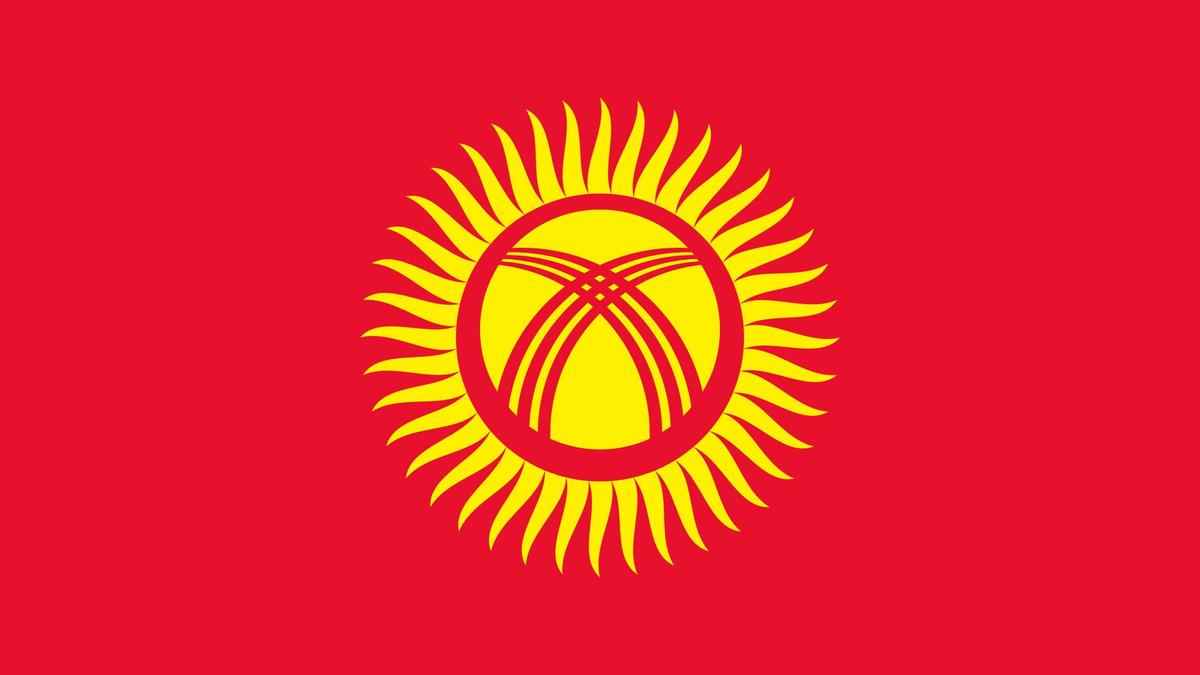Abu Abbas knew more about the Iraqi Marshes than most, having lived there his entire life.
So when the Iraqi government of former dictator Saddam Hussein drained the wetlands of southern Iraq in the early 1990s, Abu Abbas witnessed the devastation.
Then a decade later, as young men with picks and small water pumps began knocking down the embankments that kept water out of the former wetlands after Hussein's fall, he was among those who watched water re-enter the marshes.
It has not been plain sailing since. The marshes are struggling as a result of climate change and mismanagement. And yet, Abu Abbas's optimism has remained.
Early last year, lying in bed with his health failing, he received a visit from his nephew, Jassim Al-Asadi.
“What is the status of the marshes?” Abu Abbas asked.
“Things are miserable,” Jassim replied.
Before Jassim could continue, Abu Abbas cut him off.
“Do not be afraid for the marshes," he said. "They will survive, even if the water is salty, as long as there are people like you who will defend them.”
The marshes were once among the largest wetlands in the world, covering 10,500sq km (4,050sq miles) in 1973, an area roughly the size of Lebanon.
They were home to a diverse range of flora and fauna and by the middle of the 20th century supported a human population estimated at 500,000.
The great cities of Ur, where most biblical scholars believe Abraham was born, and Uruk, the largest city in the world in 3200 BCE, lay adjacent to the marshes.
While most of the wetlands lie within Iraq, a smaller section known as Hawr al-Azim is in Iran.
During his lifetime, Abu Abbas observed the natural cycles of creation and destruction of the wetlands as floods and drought affected traditional livelihoods based on fishing, hunting, reed production and farming.
At the same time, he experienced the increasing impact of human activities on the marshes: war, upstream dams, oil development and agricultural pollution.

 2 weeks ago
117
2 weeks ago
117



